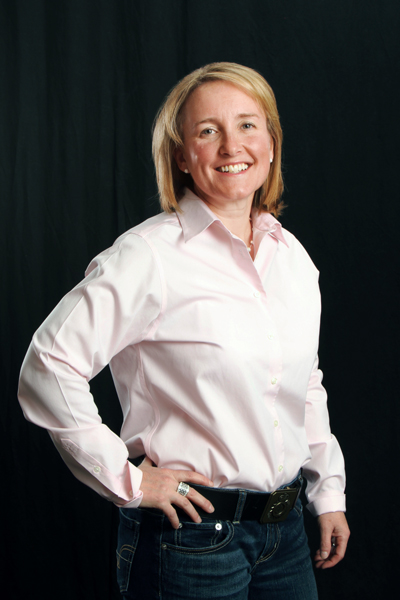In 2016, Alexandra Phillips, senior director of IT for global functions, came to PerkinElmer charged with leveraging IT to improve manufacturing and supply chain effectiveness. A veteran of organizational transformation, Phillips saw an opportunity to make a more significant impact and, with the blessing and support of the company’s CIO Hans Keil, led a program to develop and implement a new operating model and organizational design. In beta tests, the structure works wonders. Resting on laurels, however, does not interest Phillips. She says, “My career has been about delivering and moving on to the next initiative. My role is about delivering on a vision for our global IT team and for PerkinElmer.”

The redesign is based on a few key ideas. First, for Phillips, it is time for tech to move from its traditional format, black and white thinking with delineated steps. Instead IT should understand itself as process experts that integrate into every aspect of business. While grasping projects and available tech, Phillips also demands exploration of her team’s strengths and perceived strengths. She wants to know what differentiates them in order to build the best operating models. “Organizations say, ‘People are our number one asset.’ I think so, too, but the most impactful part of the people is the work they do. So people need to be working on the right things,” Phillips says.
Another central tenet of tech for Phillips is letting go of project ownership. She says, “The first thought should not be about your team or yourself. The focus is on the organization as a whole.” Her ideology is an exciting balance of humility and self assuredness. The goal is to support the business, to work way up-stream to get the goods manufactured. This willingness to find satisfaction in a job well done, instead of pats on the back, comes from comprehension of her team’s potential. Phillips is confident that the new structure, “allows focus on improving process and increasing value. We can keep asking, ‘What are the roadblocks? What is the best roadmap?’ The structure allows for focus on services through strategic tech roadmap development.”
Increased alignment and collaboration with the business end of PerkinElmer has lead to opportunities to share perspectives on how to spend time and money. One result is a more disciplined process for managing IT priorities. The company now has a strategic committee for tech projects populated by representatives working throughout the company. “It is a controlled process where people talk through needs and have a collaborative response and make collective decisions,” Phillips explains.
Outcomes? Better buy-in from the other company functions. In one specific example, PerkinElmer, which focuses on diagnostics, life science research, food, environmental and industrial testing, is integrating ServiceMax into their field service organization to better track work, improve visibility, and ultimately provide improved service to their customers. The shift impacts a wide range of employees. However, the change came with strong business sponsorship. “This means it had great ownership and accountability. We built the framework, testing, training, etc. But it is about behavior change as much as technology change,” says Phillips. The project rollout to-date has been a success with positive response from the field and few problems.
“We don’t ‘do IT.’ We facilitate business projects that have technology components,” says Phillips. She heralds a new moment in tech. Instead of programmers, her team is business relationship managers and enterprise architects. They connect with delivery teams but focus on business capabilities, process and accountability. With the new organizational design in place, Phillips and the team will have some heavy lifting to do and building of new procedures based on new relationships. Meanwhile, she and her team are happy to do their jobs a bit better, helping PerkinElmer to get more babies tested in an effort to save lives. She is confident in where her team is heading. She is confident they can support business as PerkinElmer navigates the adjustments that will come as they drive their strategy forward. She says, “We have designed an operating model and organizational structure that will shift with the constant evolution of the business. We can pivot quickly.”
